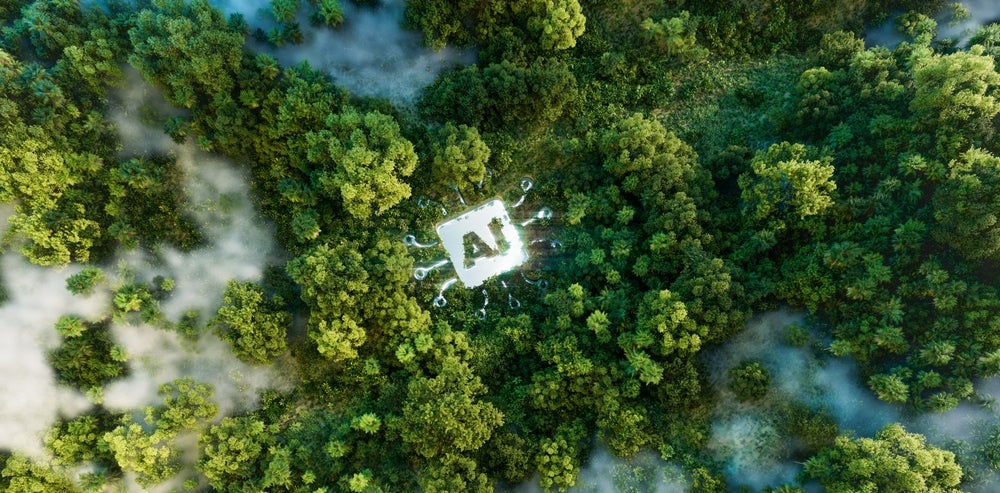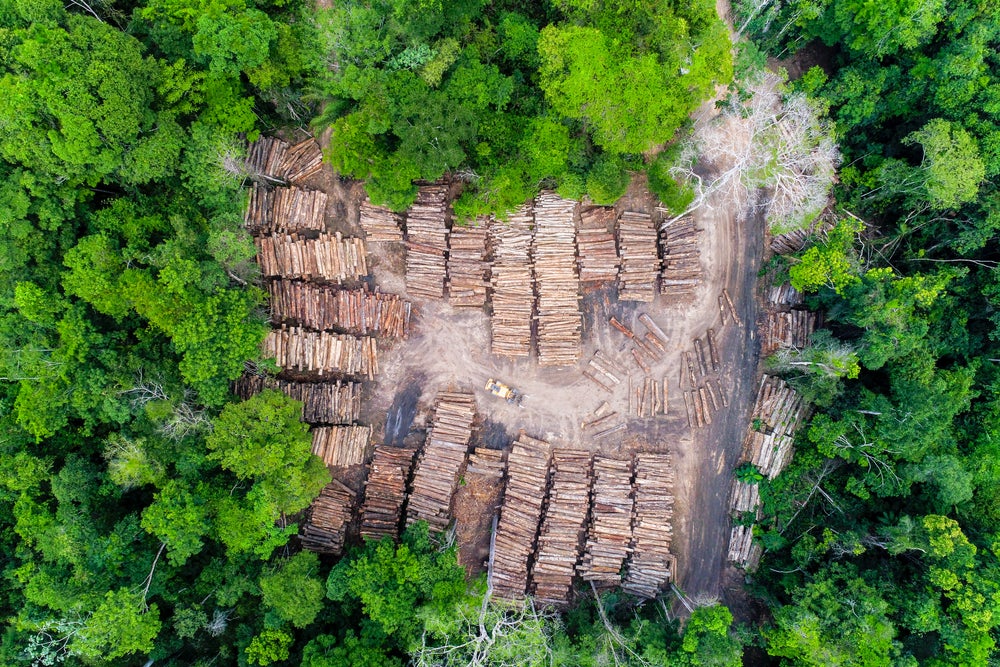On July 23rd 2024, The Department of the Interior and USDA Forest Service announced an agreement with NOAA (the National Oceanic and Atmospheric Administration) to use Geostationary Operational Environmental Satellite R series (GOES-R) data for rapid wildfire detection.
This partnership aims to improve the speed and accuracy of wildfire detection using advanced remote sensing capabilities. The agreement is supported by a $20m investment from the Presidents Bipartisan Infrastructure Law, with $10m each from the Department of the Interior and USDA.
AI can optimise forest management
This agreement highlights the importance of data capture and analysis solutions for effective forestry asset management. Forestry asset health data collected by satellites, drones, and other technologies can be analysed by AI to optimise forestry management in numerous ways, including wildfire detection/prevention, pest/disease control, and monitoring the long-term impacts of climate change on forestry yields. These solutions have been integrated into the business operations of numerous paper and pulp companies around the world.
For example, Cenibra, a Brazilian producer of paper pulp, uses AI and cameras to improve its fire detection capabilities and, in doing so, improve response times and, ultimately, save its forestry assets from destruction and damage. With AI-enabled cameras mounted on a tower network spanning its Brazilian forest holdings, the company can detect smoke outbreaks and mobilise a response more quickly.
Stora Enso story
Stora Enso is also combining AI with satellite imagery to improve its forestry management. By using AI to analyse images taken of the forest, the company can gain insights into various health indicators, including forest/soil health, drought, pest infestations, and storm/fire damage.
This is not the first time Stora Enso has taken an interest in the role technology can play in forestry management. In 2019, the company conducted a research operation to investigate how AI and drones equipped with multispectral cameras could improve the detection of damage inflicted on trees by spruce bark beetles.
How well do you really know your competitors?
Access the most comprehensive Company Profiles on the market, powered by GlobalData. Save hours of research. Gain competitive edge.

Thank you!
Your download email will arrive shortly
Not ready to buy yet? Download a free sample
We are confident about the unique quality of our Company Profiles. However, we want you to make the most beneficial decision for your business, so we offer a free sample that you can download by submitting the below form
By GlobalDataThese insects can wreak havoc on spruce forests. For example, an outbreak in Scandinavia in the 1970s caused more than €100m ($106m) in lumber losses. Moreover, these insects favour warmer climates, so outbreaks are more likely to occur in the future due to global warming in Scandinavian countries such as Finland and Sweden, where Stora Enso owns millions of hectares of land.
Using technology to better detect and prevent wildfires can improve woodland yields and, more importantly, save lives.
Technology can also unlock insights into the health of forests and the impact of environmental changes (such as rising global temperatures and the introduction of new animal species). Governments and companies should take these technological applications seriously.








